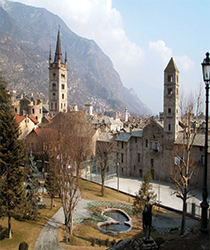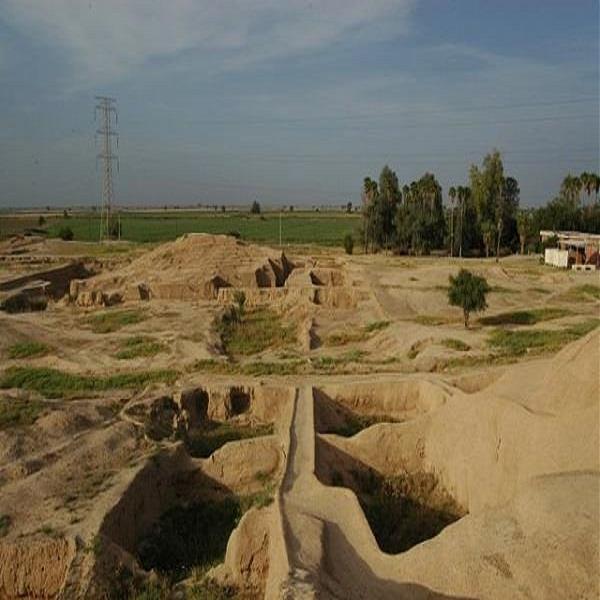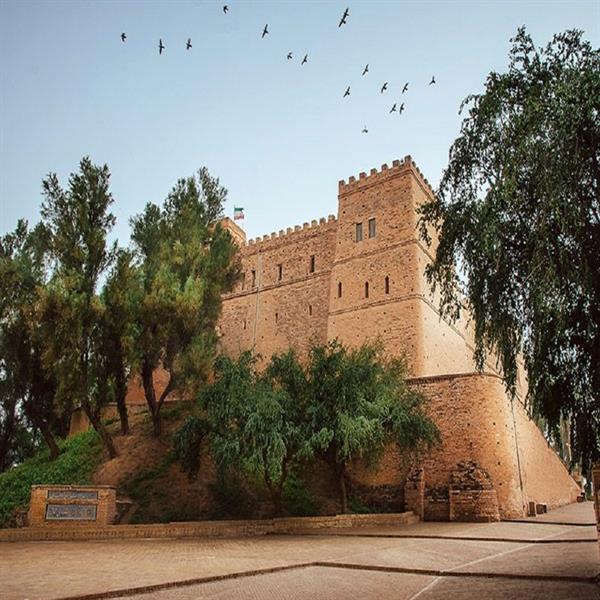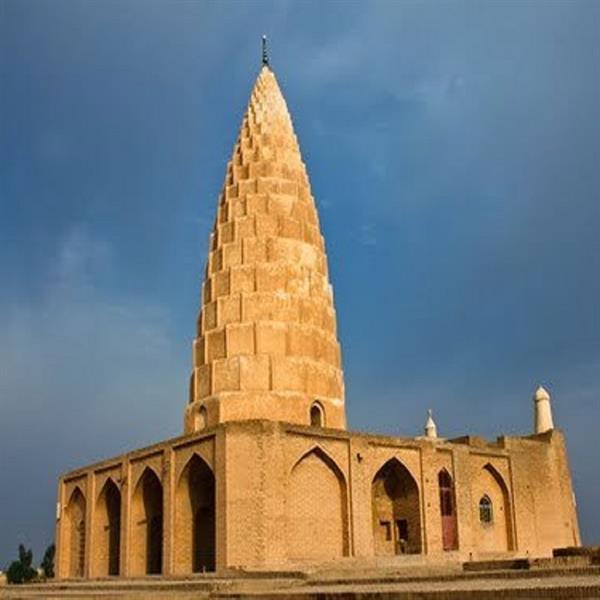Susa
An ancient city of the Proto-Elamite, Elamite, First Persian Empire, Seleucid, Parthian and Sasanian empires of Iran and one of the most important cities for trading was Susa. It is located in the lower Zagros Mountains about 250 km (160 mi) east of the Tigris River, between the Karkheh and Dez Rivers. The site now "consists of three gigantic mounds, occupying an area of about one square kilometer, known as the Apadana mound, the Acropolis mound, and the Ville Royale (royal town) mound."

Description
The modern Iranian town of Shush is located at the site of this ancient city. It is the administrative capital of the Shush County of Iran's Khuzestan province. This historical city was among the greatest cities of ancient Persia. Built on its embers, modern-day Shush is modestly small and relaxed, home to a vast Unesco-listed archaeological site, a compact museum, a crowning castle and the enigmatic Tomb of Daniel.
It should be noted, in Torah this city is referred to as Shushan. In the past, Susa is a trading center for silk textiles, pomegranates and sugarcane. From the historical monuments of the city, you can name Chaghazenbil, Ivan Karkheh, Apadana Palace, Haft Tapeh and the castle. The historic site of the city has been recorded in the UNESCO World Heritage Sites.
History of Susa
It is one of the oldest cities in Iran and word, with the works found in the city dating back more than 8,000 years ago. It has been around 3000 years since Ilam civilization until the rule of Darius Achaemenid, the capital of Iran, which the Achaemenids used as their winter capital. This city is the first city in Iran that has been discovered in urban areas, trade, and agricultural tools.
In the Bible, the city is known primarily from the story of Esther in which Haman the Agagite planned to annihilate the Jews of Persia. According to the story, Esther outwitted him by persuading her husband, King Ahasuerus of Persia, to sabotage Haman’s plan. The episode is commemorated every year in the Jewish Purim festival which is marked with costumed parties and other celebrations. The city is also mentioned in Nehemiah and Daniel, both of whom lived in the city during the 6th century BC in the period known as the Babylonian captivity when a number of Jews were held captive following the siege of Jerusalem by Nebuchadnezzar. A tomb known as Shush-Daniel is believed to be that of Daniel himself. It is capped by an unusual white cone which some believe was formerly a stone ‘Star of David’.



